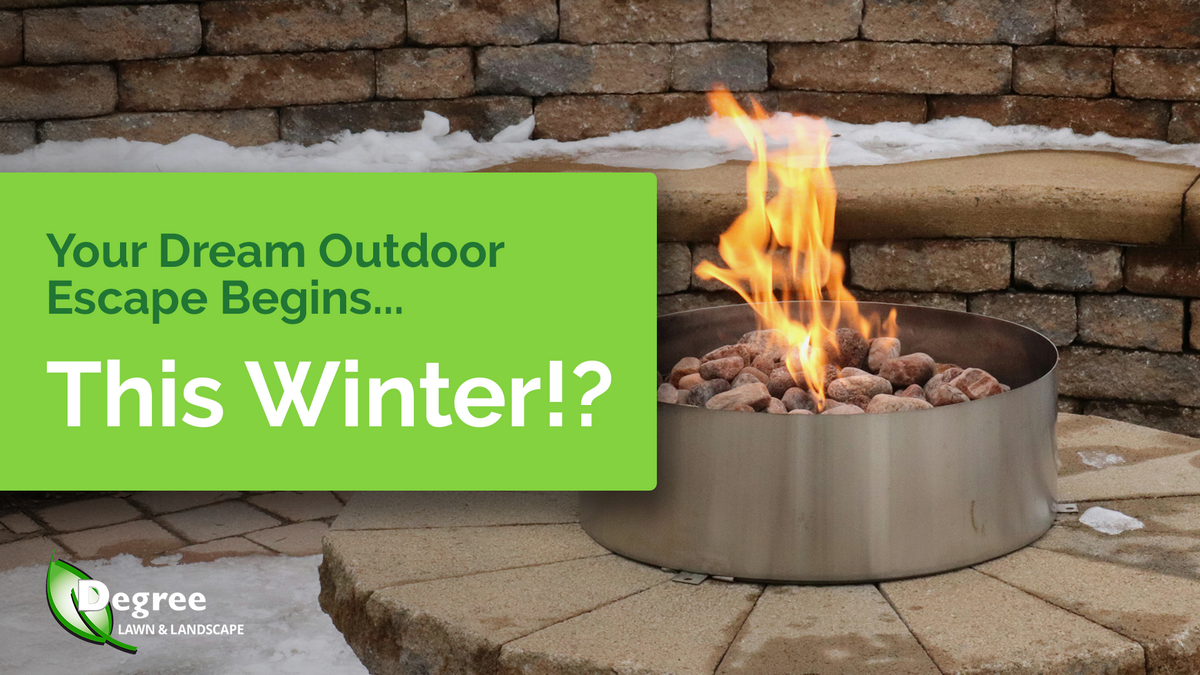Explore Expert Tips and Inspiration for Your Outdoor Space
Welcome to the Degree Lawn & Landscape blog, where we’re planting smiles and sharing our best landscaping insights.
Our articles offer inspiration, expert advice, and practical tips to help you create and maintain a yard that’s both beautiful and functional. Dive in and see how Degree Lawn & Landscape can make your outdoor vision a reality.
Have questions or ready to start a project? Contact Us Today to learn how we can create the perfect landscape for your home.
Blog
Entry Tags (10 found)
2025 Degree Lawn Hardscpaing Outdoor living Outdoor living Outdoor trends test Winter Hardscaping Winter pruning Yard health.png)
Picture this: a Saturday evening spent on a beautifully designed flagstone patio, friends gathered around a glowing fire pit, and kids running along a charming stone walkway. Your yard is more than gr...

Yes, you read that right—this winter! While it may seem surprising, winter is actually an ideal season to begin crafting your dream outdoor escape. Think of that perfect patio or fire pit that invites...

As December settles in, we start thinking about meaningful gifts for family, friends… and even our yard? That’s right—your outdoor space, just like any member of your family, could use a little love t...
After deciding you want to install a new patio on your property in Ohio, the next step is choosing what material to use to build it! Pavers are a great option for your patio installation project for s...
If you want your lawn to be healthy and green, you’ll want to fertilize it throughout the year. There are two types of fertilizer treatments: granular and liquid. Both fertilizer options are beneficia...
You want the perfect ground cover for your landscape beds in Ohio, but which is better: mulch or rock? Both mulch and rock are excellent choices for ground coverings and they both provide similar bene...
If you own a property in Ohio that has a yard that's sloped, it can prevent you from getting the most out of it. That's where retaining walls come in. Retaining walls are structures built from durable...

